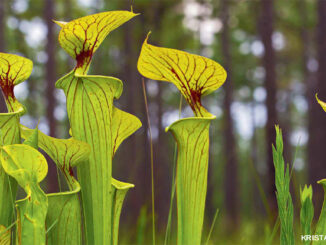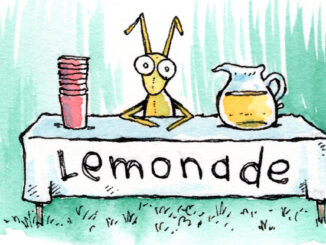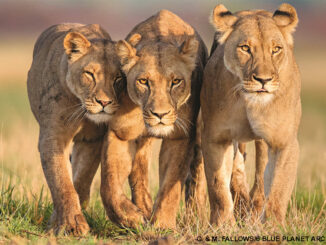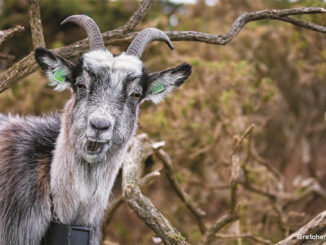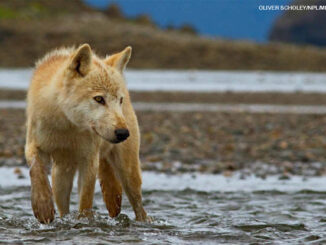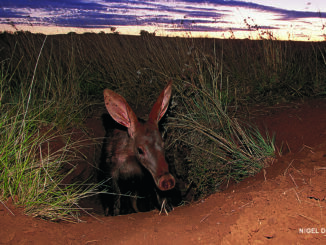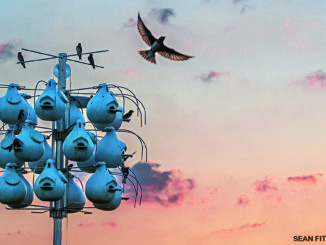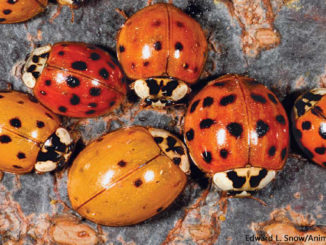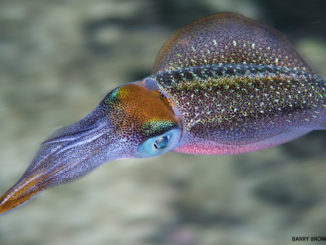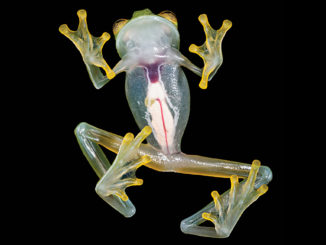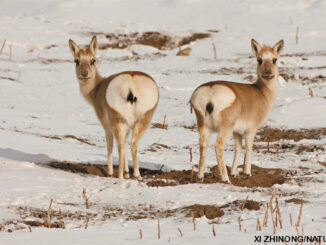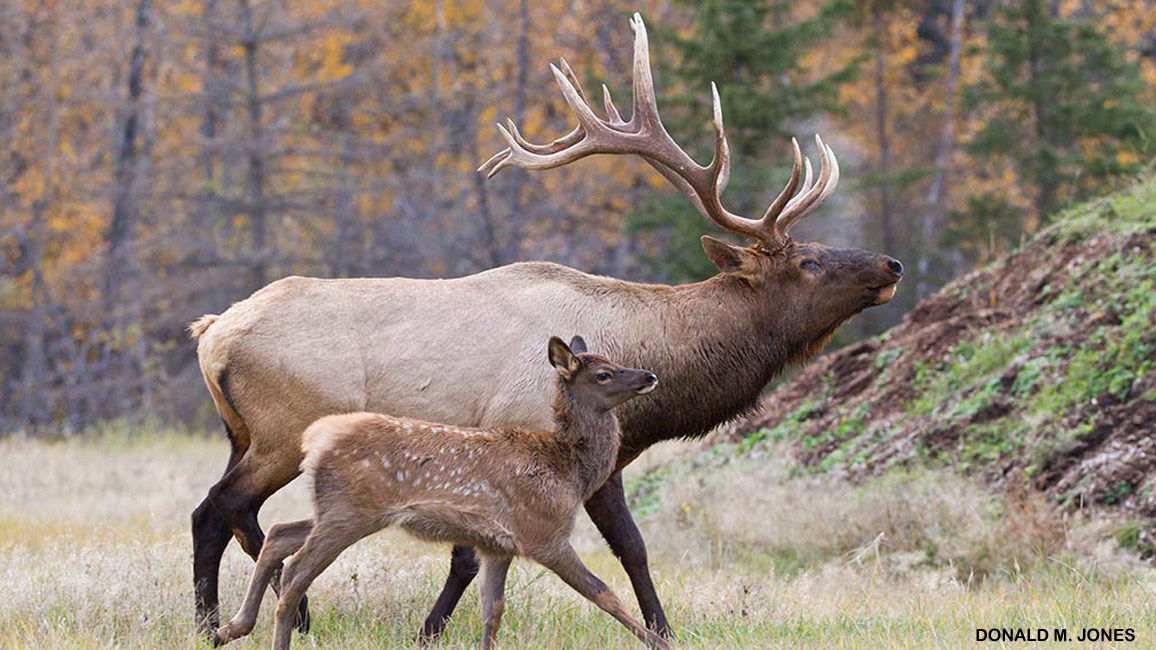
Growing Up Elk
By Elvin Elk, as told to Anne Cissel; Photos by Donald M. JonesHello! I’m Elvin Elk—and I’m growing up fast in my beautiful mountain home. Come meet my family and find out about life in an elk herd.

Welcome to the land of wapiti (WAH-puh-tee). Wapiti is the name Native Americans gave to us elk, and it means “white rump.” Why? You guessed it—my bottom has a light patch of fur on it!
I may be little now, but when I grow up I could weigh as much as 700 pounds and be 9 feet tall (if you include my full-grown antlers). In fact, we elk are among the largest members of the deer family.
Many elk live in Northeast Asia, but my family and I live in the Rocky Mountains, in the western part of North America. Keep reading to watch me grow!

Growing Strong
I was born in the spring and weighed about 35 pounds. I learned to walk soon after I was born, but I stayed hidden in the grass until I was strong enough to join the herd.
Calves drink their mothers’ milk for nearly the whole first year of their lives. But during that time, we start eating “elk food,” too: yummy grasses and flowers in spring, summer, and fall, and tree bark in the winter. Sometimes we’ll nibble on shrubs and young trees, too.
That’s a lot of different kinds of food, and we eat a lot of it. A bull (adult male) can munch on more than 20 pounds of food every day! And our special stomachs are up to the job. An elk’s stomach
is divided into four chambers, or sections. The first chamber is like a big storage tank. An elk eats quickly and fills up the tank. Then, after finding a safe place to rest, it burps wads of food back up into its mouth. After a second, slower chew, the food passes through the other three chambers and into the intestines. That’s a hard-working tummy!
As the days get shorter, all elk shed their summer coats and grow thicker, warmer coats. They also grow thick, dark manes that cover their necks. But once spring comes, an even more amazing change happens to the bulls. Keep reading to find out more!

Antler Time
I’m so excited! It’s spring, and I’m sprouting my first set of antlers. At first, they are covered by a soft, fuzzy skin called velvet. The velvet brings blood to the antlers to help them grow. Elk antlers can grow one inch every day! By late summer, the velvet will fall off, and you’ll be able to see the full-grown, bony antlers. On a grown-up bull, antlers can weigh as much as 40 pounds—as heavy as the average five-year-old child. (Imagine having THAT on your head!)
The Rut
Those antlers aren’t just decoration. They get the attention of cows (female elk) during fall mating season, which is known as the rut. During the rut, bulls attract cows in a variety of different ways. Bulls get themselves good and stinky to interest cows. In addition to rolling around in mud, they’ll even cover themselves in their own pee. Ewww!
But it’s not just their antlers and their smell that say, “I’m the best guy around.” Bull elk also yell about how great they are. Their shouting is called bugling (BYOO-gling), and it can be heard for miles. The call also says to other bulls, “I’m in charge here—don’t mess with me.” After a bull attracts a number of cows, he herds them into a group called a harem and tries to keep all the other bulls away.
VIDEO: LISTEN TO AN ELK BUGLING!
Fight’s On
Bugling doesn’t always keep other bulls away. Sometimes, a bull will challenge another bull and try to take over his harem. If a fight breaks out, the two bulls lower their heads and charge at each other. Luckily, the bulls usually don’t get hurt during these fights. Eventually, one bull just gives up and walks away.
I have a lot to learn, and I’m constantly watching the older elk to learn more tricks. Soon, my younger brothers and sisters will be watching ME to know what to do!


